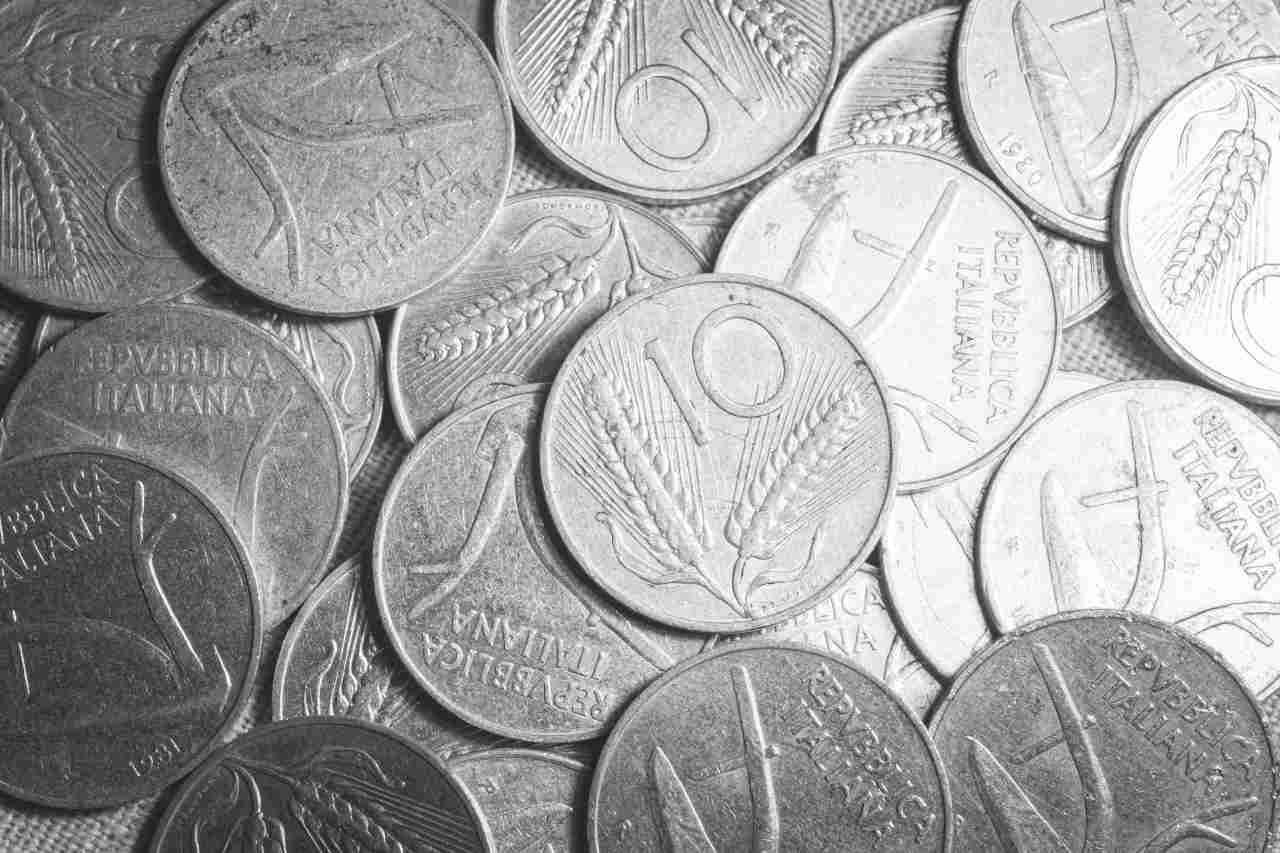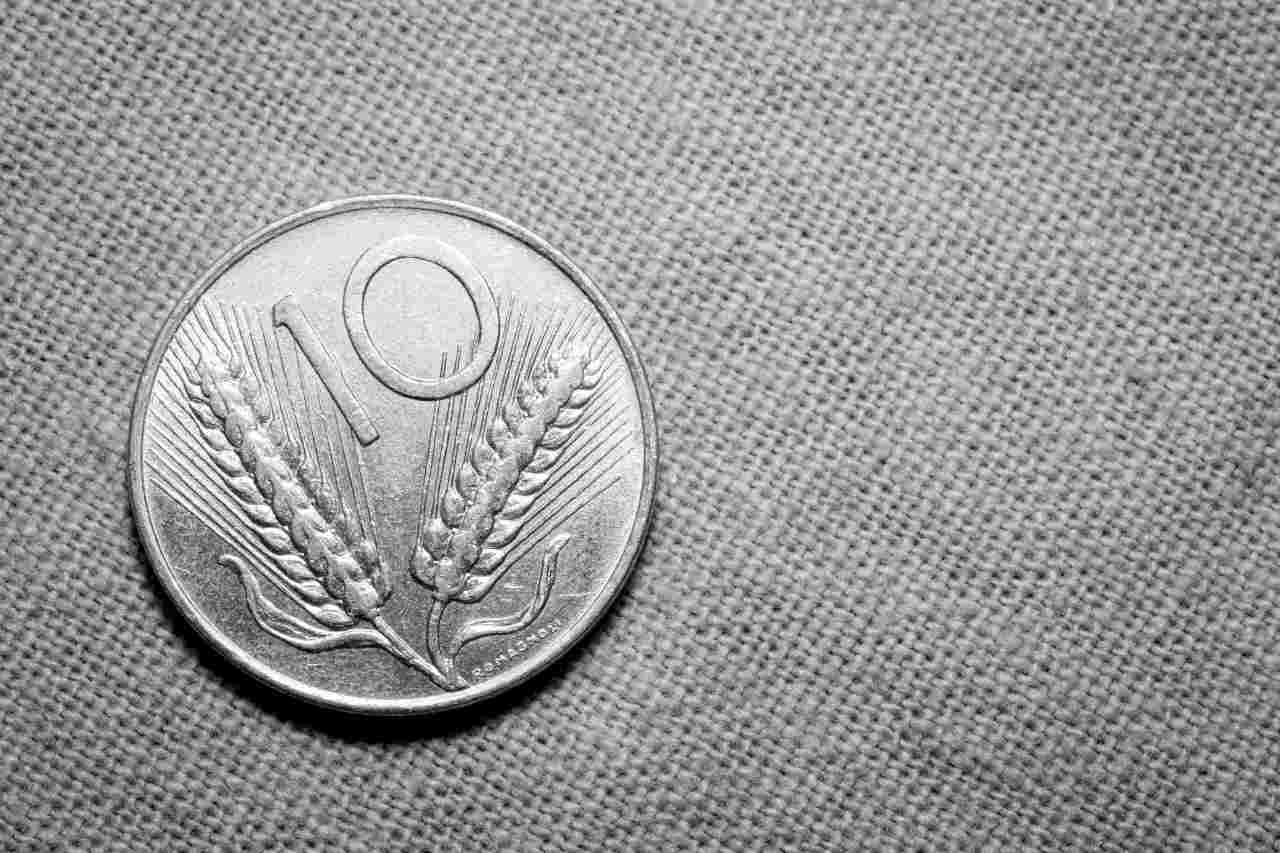Just open the internet, type in 10 lire coins. It soon becomes clear that it is best to immediately hunt down that dusty tin of coins, hidden somewhere in the house. Maybe in the cellar, or in a large garage. Unknowingly, you can have a treasure in your hand.
This is the case of the 10 lire coins, for example. That of 1947 it has been marked with R3, it is a rare piece and can be worth a fortune. How much? Thousands of euros. It depends.
It depends on the year, of course. It mostly depends on the Brilliant Uncirculated, or FDC (its acronym), i.e. one coin showing no signs of circulation, but it can show at most limited signs of contact with other coins, due to the production process.
Coins, 10 lire: 4 years of production, same (or almost) coin. Different value

The Brilliant uncirculated coins, are recognized by the fact that they are minted by the mint for collecting purposes only, have never circulated, have never been held in hand and they are encapsulated in official blisters immediately after their production.
READ ALSO >>> TIM offers, discounts up to 150 euros for Father’s Day: the details
It was the year 1946: Albania gives life to its People’s Republic, Bosnia and Herzegovina, Croatia, Macedonia, Montenegro, Serbia and Slovenia become socialist republics. So while in Japan Emperor Hirohito denies the sacred character of his person, in Italy the State Mint creates the first ten lire coin.
READ ALSO >>> Artificial Intelligence to discover tax evaders: tests in a region
This coin is known as ten lire Olivo, as on the obverse it is possible to see an olive branch, in fact. On the reverse, Pegasus, the famous winged horse of Greek mythology. For four years, the 10 lire were produced from an alloy of L’Italma, a derivative name of Aluminum-Magnesium, the same used for the 1, 2 and 5 lire coins, without forgetting the Vatican or San Marino coins.
It measures twenty-nine millimeters, weight equal to three grams. The first piece coined in 1946, that is the one with the inscription Proof engraved in the lower part on the right side inside the facade with the olive tree, has remained a mirage for all collectors, since it cannot be collected.
Those of 1947 are more salable: a crazy R3 can have a value over 4,500 euros. Those in splendid condition around three thousand euros, those in good condition around 1,700 euros.
The quotation of the ten lire of 1948 was lower, as it is quite widespread. Its value in Fior di Conio is around 150 euros, while in splendid conditions it is around 50 euros. As for the 10 lire Olivo of 1949 and 1950, in Fior di Conio both have a value of 50 euros per piece.
The value of the 10 lire Olivo can be summarized as follows:
Value 10 Lire Olives 1946 – BB Euro 350 – SPL Euro 650 – FDC Euro 1000 – Rarity R – Edition 101000 ULIVO / PEGASO
Value 10 Lire Olive 1947 – BB Euro 2000 – SPL Euro 3300 – FDC Euro 4300 – Rarity R3 – Circulation 12000 ULIVO / PEGASO
Value 10 Lire Olive 1947 – BB Euro 2200 – SPL Euro 3500 – FDC Euro 4500 – Rarity R3 – Circulation including ULIVO / PEGASO – Smaller clogs and date
Value 10 Lire Olives 1948 – BB Euro 45 – SPL Euro 85 – FDC Euro 150 – Rarity NC – Circulation 14400000 ULIVO / PEGASO
Value 10 Lire Olives 1949 – BB Euro 6,5 – SPL Euro 12 – FDC Euro 55 – Rarity C – Circulation 49500000 ULIVO / PEGASO
Value 10 Lire Olives 1950 – BB Euro 7,5 – SPL Euro 13 – FDC Euro 50 – Rarity C – Circulation 53311000 ULIVO / PEGASO
–


/i/2004198696.png?f=fpa)